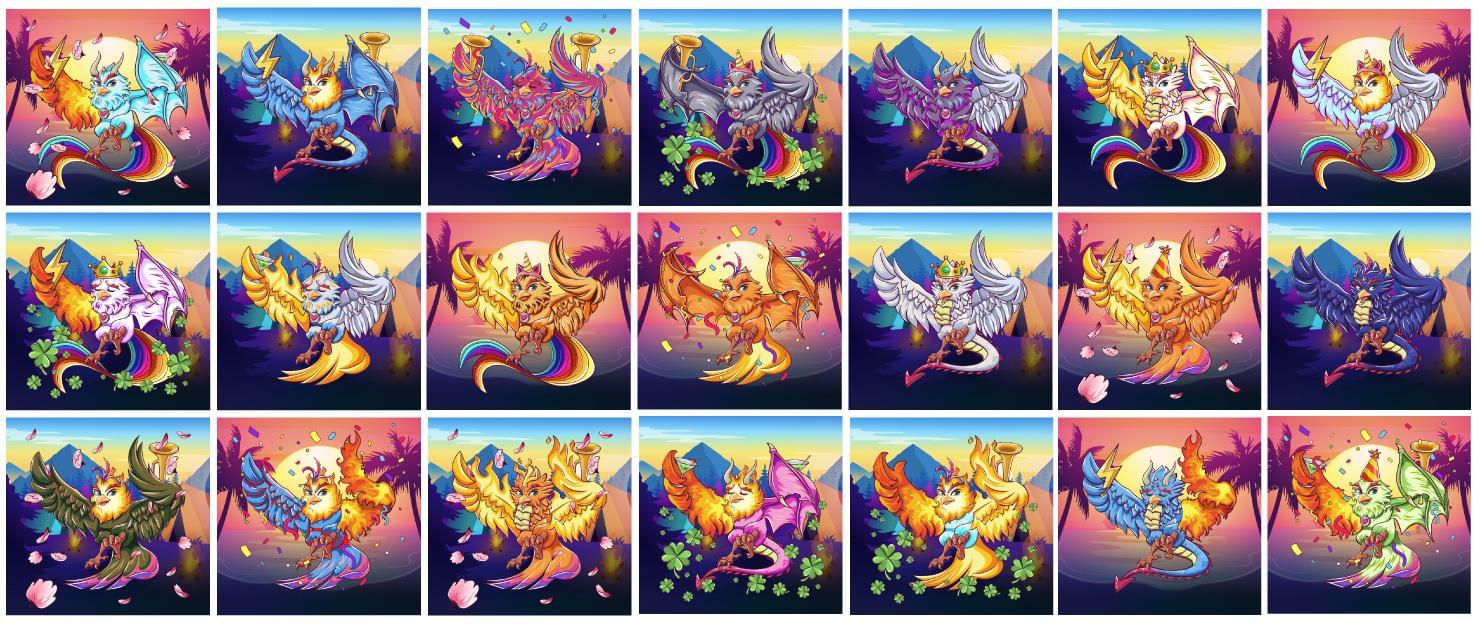This content originally appeared on SitePoint and was authored by Bruno Skvorc

Non-fungible tokens (NFTs) have far more scope than what they’re currently popular for — that is, unreasonably expensive pieces of digital art. Their true power lies far away from the realm of Christie’s and Cryptopunks — so far, indeed, that it’s astonishing this is all the mainstream knows about what we can call NFT 1.0.
Before we talk about the different NFT versions, let’s first understand what they are.
Defining Non-fungible Tokens
The concept of fungibility can only be applied to a group of items. A group of items is fungible when every member of this group is identical to the other, such that no member possesses any individuality. This means that every member of that group can always be traded for another member without any friction.
Some fungible tokens include fiat money, bitcoin (BTC), Ethereum (ETH), and Polkadot (DOT). BTC is regarded as a fungible token because every BTC is created equal. Further, no BTC is different from another BTC (with certain exceptions we won’t get into). The same goes for all the fungible tokens in the cryptosphere. With paper money, things are slightly different because we have various notes. Thus, all $20 bills are perfectly fungible with each other, but if they were to be swapped for, say, a $1 bill, we’d need more $1 bills to match up to $20. Thus, you could say that paper money is semi-fungible. But once you convert paper to digital dollars, you see that all dollars are the same.
Note: fungibility is a spectrum; it’s subjective. A dollar to a shop owner is the same as another dollar, but might not be to the FBI, who are looking for specific dollar bills with specific serial numbers.
Now, if fungibility is the quality of a thing to be interchangeable with other members of its group, then non-fungibility is its ability to have an identity, to be unique. That is all there is to it. Thus, a non-fungible token is a token that is unique unto itself, so long as only one copy was minted (created) when it was added to the blockchain. So when you hear of NFT collections today, it usually means that they’re a group of art pieces composed of unique individuals.

Unique Kanaria birds
If this is all there is to NFTs, then what’s the big deal and why are some of them ridiculously expensive?
The Price of an NFT
Some paintings are worth millions of dollars, while others are worth less than a penny. Why? A combination of factors, but the most important one is this: we are human beings — social creatures — who are controlled by subjective perception.
Some NFTs are ridiculously expensive because of the story behind them, either experienced, fabricated, or sold. Sometimes a thing is valuable because of who made it, when it was made, what people think about it, or the circumstances surrounding its early life. To define all the reasons is beyond the scope of this article.
It’s enough to know that they’re expensive because people are willing to pay that much for them based on their subjective perception, even though that perception is heavily influenced by the world around them, particularly the media. Some people buy because of prestige, others because of speculation.
Whatever the reason for the outrageous prices, it’s not relevant to the revolutionary potential of NFTs, so we can abandon this discussion and instead focus on learning more about how NFTs work and why they’re a game-changer.
Continue reading A Beginner’s Guide to NFTs (Non-fungible Tokens) on SitePoint.
This content originally appeared on SitePoint and was authored by Bruno Skvorc
Bruno Skvorc | Sciencx (2021-06-17T16:00:48+00:00) A Beginner’s Guide to NFTs (Non-fungible Tokens). Retrieved from https://www.scien.cx/2021/06/17/a-beginners-guide-to-nfts-non-fungible-tokens/
Please log in to upload a file.
There are no updates yet.
Click the Upload button above to add an update.
